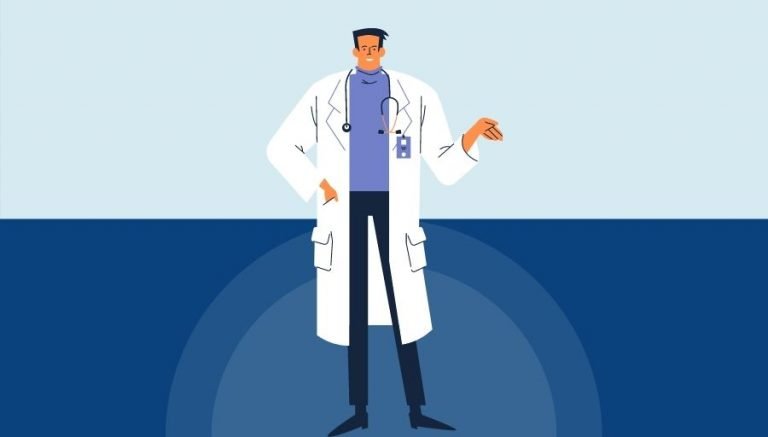ICD 10 CM G44.09 | Description & Clinical Information
ICD 10 G44.09 describes a specific type of headache syndrome that is characterized by unilateral pain in the trigeminal nerve distribution, accompanied by autonomic responses such as tearing, redness of the eye, drooping eyelid, or sweating on the affected side, and is not represented by any other code.
Official Description Of G44.09
The ICD 10 CM book defines ICD 10 code G44.09 as:
Excludes1: headache NOS (R51.9)
Excludes2: atypical facial pain (G50.1)
headache due to lumbar puncture (G97.1)
migraines (G43.-)
trigeminal neuralgia (G50.0)
When To Use G44.09
The diagnosis describes by ICD 10 CM G44.09 describes a type of headache known as trigeminal autonomic cephalgias (TACs). TACs are unilateral headaches that affect the trigeminal nerve, which sends both sensory and motor signals to and from the brain and portions of the face, teeth, mouth, and nasal cavity. These headaches are typically accompanied by autonomic symptoms such as tearing, eye redness, drooping of the eyelid, or nasal discharge, all of which are on the same side as the headache.
TACs are not a single disorder, but rather a group of related disorders. Symptoms of different types of TACs vary based on the specific diagnosis. In general, patients with TACs may experience excruciating, one-sided pain in or around one eye or one side of the head in the trigeminal nerve distribution. This pain may radiate to other areas of the face, head, neck, and shoulders. Alongside the intense pain, patients may experience restlessness, light sensitivity, excessive tearing, drooping eyelid, and redness and swelling of the eye on the affected side. Patients may also have a stuffy or runny nose on the affected side, forehead sweating, and reddening of the face.
Diagnosis of TACs is generally based on medical history, signs and symptoms, and thorough physical and neurological evaluation. Diagnostic studies may include MRI and/or CT scan of the head, sinus X-rays, EEG, spinal tap, and ophthalmological studies, depending on the suspected headache type. TACs are typically diagnosed clinically based on the symptoms presented by the patient.
The treatment of TACs focuses on both acute attacks and prevention. Acute attack treatments include medications such as triptan injections, lidocaine, or dihydroergotamine via injection or inhalation, oxygen inhalation therapy, muscle relaxants, anticonvulsants, and nonpharmacological treatments. Preventive treatments include corticosteroids and medications like verapamil, which are known to decrease the frequency and intensity of TAC episodes.
In some cases, patients may be unresponsive to these treatments, and nerve blocks and trigeminal nerve stimulation may be tried. These treatment options involve targeting the trigeminal nerve and may provide relief to some patients.
Overall, TACs can be a challenging diagnosis due to the intensity of the pain and the complexity of the underlying conditions. Therefore, it is essential to consult a healthcare provider with expertise in headache disorders to ensure proper diagnosis and effective treatment. With proper care, patients with TACs can manage their symptoms and improve their quality of life.



